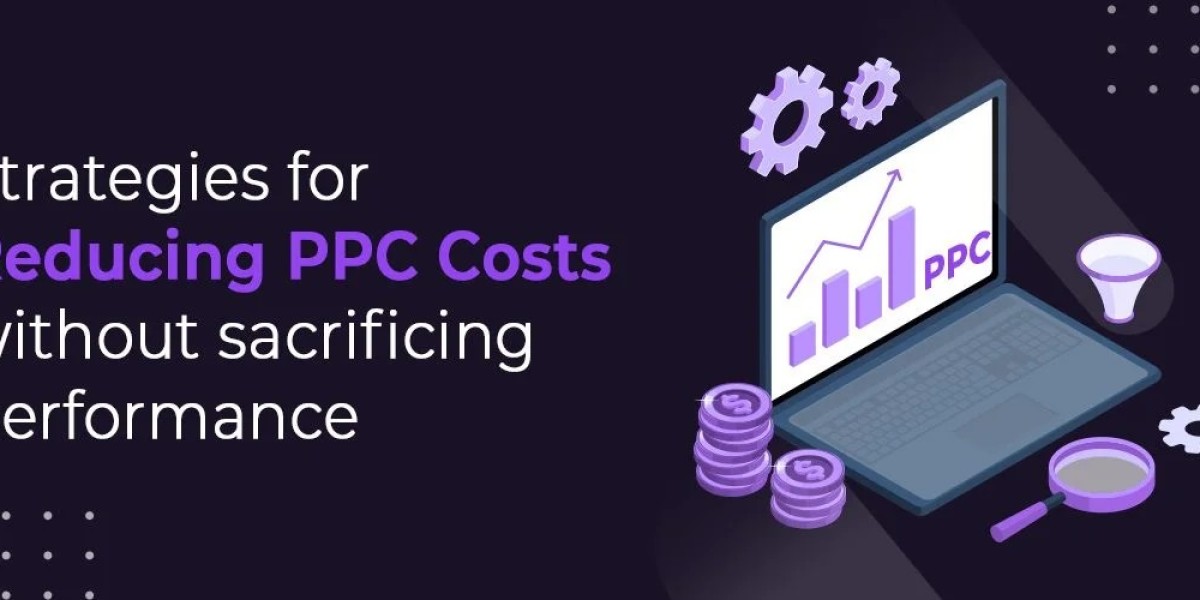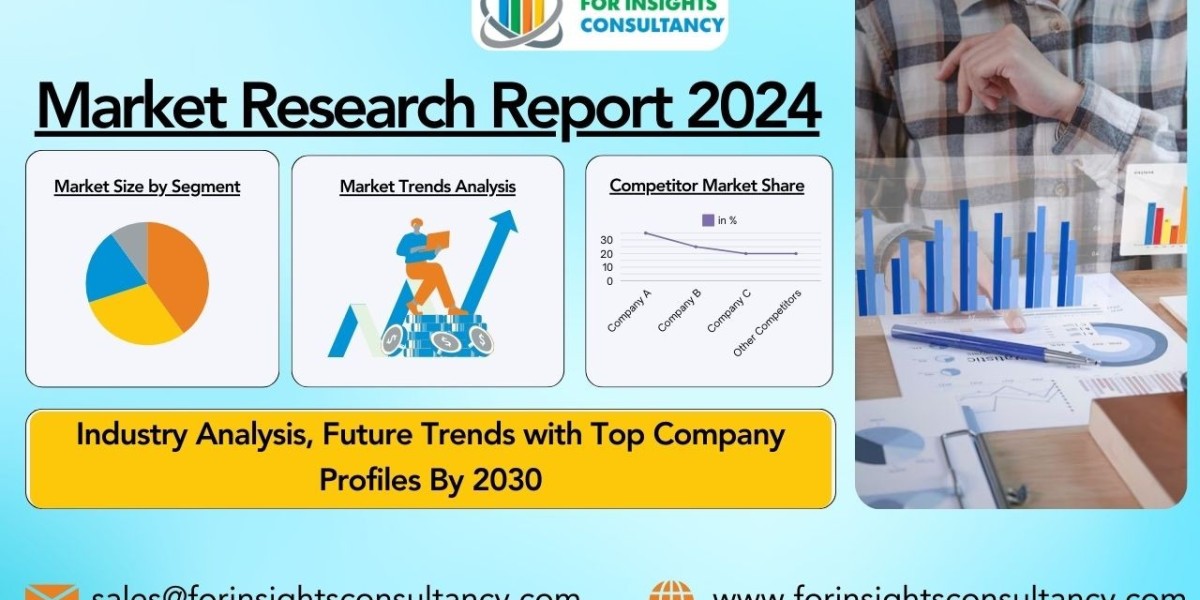This blog was originally published on https://digitalanalystteam.com- Strategies for Reducing PPC Costs Without SacrificingPerformance
Pay-per-click (PPC) advertising can be a highly effective way to drive traffic and conversions, but it can also be costly. Businesses often struggle with balancing their budgets while maintaining campaign performance. Fortunately, there are several strategies that can help you reduce PPC costs without compromising the effectiveness of your campaigns. In this blog post, we’ll explore these strategies, backed by genuine data and examples, to help you maximize your ROI.
1. Optimize Ad Copy and Extensions
Detailed Insights
Ad copy is the primary interface between your brand and potential customers. A well-optimized ad can significantly influence CTR and CPC.
Implementation Steps:
- A/B Testing Ad Variations: Create multiple versions of your ad copy, focusing on different CTAs, headlines, and descriptions. Use tools like Google Ads’ built-in A/B testing features to measure performance. For instance, compare “Get 20% Off Today!” against “Claim Your Discount Now!” to see which resonates more.
- Incorporate Emotional Triggers: Using words that evoke emotion can create a stronger connection with your audience. Phrases like “Transform Your Life” or “Don’t Miss Out!” can spur action.
- Use Numbers and Specifics: Specific figures attract attention and lend credibility. Instead of saying “Save Big,” specify “Save $50 on Your Next Order.”
- Leverage Ad Extensions Effectively:
- Sitelink Extensions: Direct users to specific pages on your website, like sales or blog posts, to increase relevance.
- Callout Extensions: Highlight unique offerings (e.g., “Free Shipping” or “24/7 Customer Support”) to make your ad more appealing.
- Structured Snippet Extensions: Showcase specific aspects of your products, such as types of services offered (e.g., “Consulting, Design, Development”).
Example:
A local fitness center ran two versions of their ad. The first version simply stated “Join Us Today!” while the second version highlighted “Join Our 30-Day Challenge – Get 50% Off!” The latter ad achieved a 35% higher CTR, leading to a more cost-effective campaign.
2. Leverage Negative Keywords
Detailed Insights
Negative keywords are a powerful tool to filter out unqualified traffic and save your budget for the most relevant clicks.
Implementation Steps:
- Analyze Search Query Reports: Regularly review the search terms that triggered your ads. Identify irrelevant or low-converting queries and add them as negative keywords. This can dramatically improve your ROI.
- Identify Brand-Specific Negatives: If your business has a specific brand name or product, you might want to exclude terms like “free,” “cheap,” or “jobs” if they lead to irrelevant clicks.
- Use Match Types Wisely: Implement broad, phrase, and exact match types for your negative keywords to fine-tune when your ads appear.
Example:
An online software provider discovered that searches containing “free software” led to clicks but no conversions. By adding “free” as a negative keyword, they reduced costs by 25%, focusing instead on users looking to purchase.
3. Utilize Ad Scheduling and Geo-Targeting
Detailed Insights
Ad scheduling and geo-targeting enable you to allocate your budget effectively, ensuring your ads reach the most promising audiences at the right times.
Implementation Steps:
- Review Analytics for Insights: Use Google Analytics or Google Ads reports to analyze user behavior. Determine peak hours for clicks and conversions and schedule ads accordingly.
- Implement Dayparting: Set your ads to run only during specific hours when your audience is most active. This can significantly reduce wasted spend during off-hours.
- Refine Geographical Targeting: Use location targeting to focus on areas with the highest conversion rates. You can set different bids for different locations, investing more in high-performing areas.
Example:
A luxury goods retailer found that most of their online sales occurred on weekends between 2 PM and 5 PM. By scheduling their ads to only run during this timeframe, they managed to cut costs by 40% while boosting sales during peak hours.
4. Implement A/B Testing
Detailed Insights
A/B testing, or split testing, allows you to experiment with various ad elements to determine what drives better performance.
Implementation Steps:
- Test One Element at a Time: Change one variable—like the headline, image, or CTA—while keeping everything else constant to isolate its impact.
- Use Statistical Significance: Utilize tools like Google Optimize to ensure your results are statistically significant before making decisions based on data.
- Document Results for Future Campaigns: Keep a record of what works and what doesn’t to refine future campaigns and avoid repeating mistakes.
Example:
A financial services company tested two landing pages: one featuring a long-form application process and another with a simplified, shorter version. The short version yielded a 60% higher conversion rate, prompting them to adopt this as their primary format across all campaigns.
5. Focus on Quality Score
Detailed Insights
Quality Score is a crucial metric that Google uses to determine your ad rank and CPC. A higher score can significantly lower your costs.
Implementation Steps:
- Improve Ad Relevance: Ensure that your keywords match the ad copy closely. This increases relevance and can boost your Quality Score.
- Optimize Landing Pages: Your landing page should provide a seamless user experience. Factors to consider include:
- Loading Speed: Aim for a loading time of under 3 seconds.
- Mobile Responsiveness: Ensure your page is optimized for mobile devices, as more users access content this way.
- Relevant Content: The content should directly relate to the keywords and ad copy.
- Track Quality Score Regularly: Monitor your Quality Score metrics through Google Ads and take corrective actions as necessary.
Example:
An e-commerce brand improved its Quality Score from 4 to 8 by enhancing landing page content, aligning keywords, and ensuring mobile optimization. This led to a 50% reduction in CPC.
6. Target Long-Tail Keywords
Detailed Insights
Long-tail keywords, while often having lower search volumes, can lead to higher conversion rates due to their specificity.
Implementation Steps:
- Use Keyword Research Tools: Tools like SEMrush, Ahrefs, or Google Keyword Planner can help identify long-tail variations of your primary keywords.
- Create Dedicated Ad Groups: Organize your campaigns around long-tail keywords, as they typically have less competition, leading to lower CPCs.
- Write Targeted Ad Copy: Tailor your ad copy to reflect the specific nature of the long-tail keywords, addressing potential customer needs directly.
Example:
A niche pet supply store targeted long-tail keywords such as “organic cat food for sensitive stomachs.” This approach resulted in a 45% higher conversion rate and a 30% lower CPC compared to generic keywords like “cat food.”
Conclusion
Reducing PPC costs without sacrificing performance requires a multifaceted approach. By optimizing ad copy and extensions, leveraging negative keywords, implementing ad scheduling and geo-targeting, utilizing A/B testing, focusing on Quality Score, and targeting long-tail keywords, businesses can effectively manage their budgets while achieving better results.
In a competitive digital landscape, staying informed about best practices and continuously optimizing your strategies will ensure that your PPC campaigns remain cost-effective and high-performing. Regularly review and adjust your tactics based on performance data to keep driving growth and maximizing your advertising ROI.
Get Expert Help
If you're looking for tailored PPC strategies that can drive results for your clients, our digital analyst team is here to help. At Dat, we provide top-tier white-label solutions for agencies, ensuring that you can deliver quality, performance-oriented results without the overhead. Let us help you elevate your PPC campaigns and achieve exceptional outcomes for your clients.
Contact us today to discover the best PPC strategies tailored to your needs!








